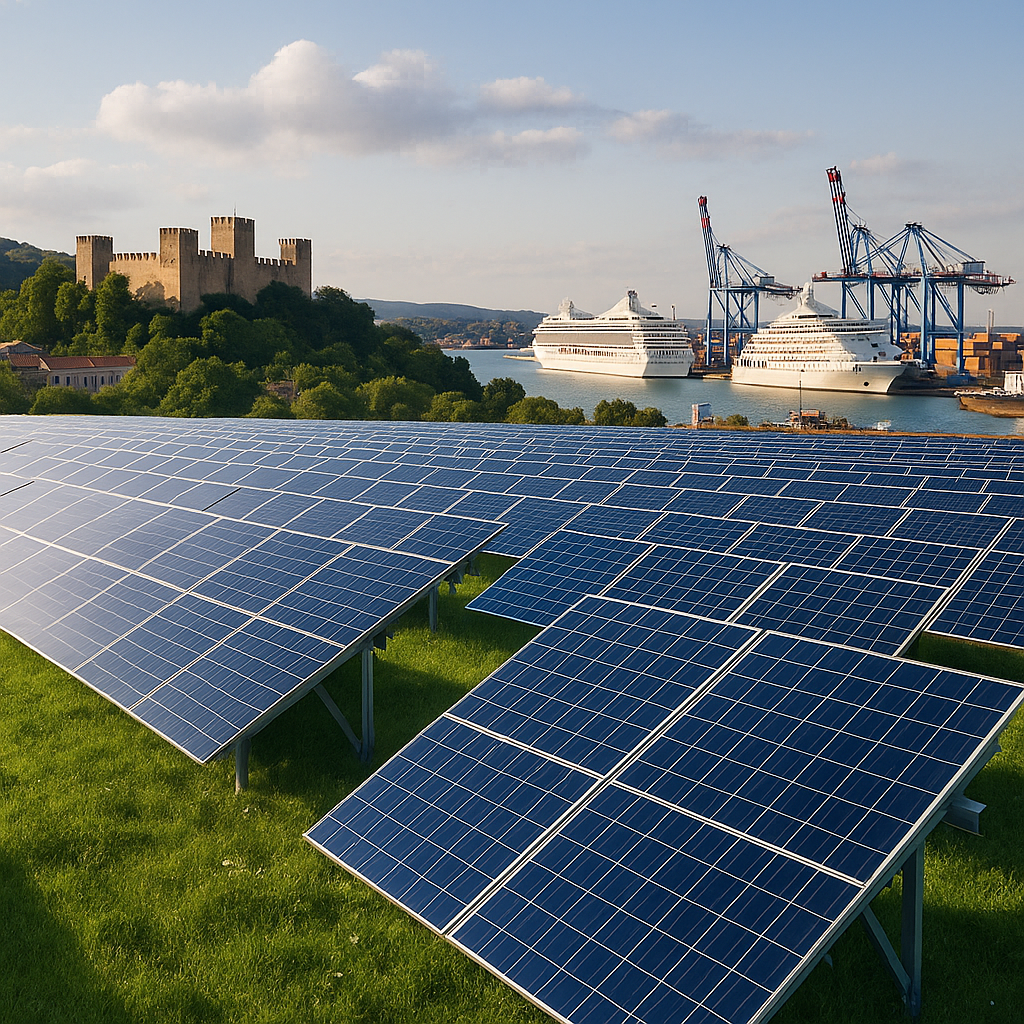Tourism and rising emissions accelerate solar energy uptake in G‑20 nations
Tourism and carbon emissions emerged as consistent, positive influences on solar energy consumption across most quantiles of the distribution. The analysis shows that countries with more active tourism sectors and rising carbon emissions are more likely to accelerate their solar energy uptake.

A new study details the forces driving solar energy expansion across G‑20 countries. As the world turns to renewables to anchor sustainable growth, their analysis reveals which economic sectors act as catalysts and which ones pose significant resistance.
Published in Energy Exploration & Exploitation, the study "Solar Energy as a Catalyst for Green Growth: A Quantile Regression Analysis in G‑20 Economies," the paper presents a rigorous cross-country statistical analysis spanning from 2000 to 2021. Using a Method-of-Moments Quantile Regression (MMQR) model, the authors investigate how trade openness, industrialization, tourism, carbon emissions, and economic growth influence solar energy consumption across different adoption levels among G‑20 members.
Which sectors push solar energy adoption and which ones drag it down?
Tourism and carbon emissions emerged as consistent, positive influences on solar energy consumption across most quantiles of the distribution. The analysis shows that countries with more active tourism sectors and rising carbon emissions are more likely to accelerate their solar energy uptake. The explanation is twofold: tourism-driven economies seek to boost their environmental reputation, while rising emissions trigger policy and market shifts toward cleaner alternatives.
On the other hand, industrialization and trade openness were found to inhibit solar energy deployment. Industrial-heavy economies often rely on entrenched fossil-fuel infrastructures that resist rapid green transitions. Similarly, greater trade exposure, especially for export-focused manufacturing economies, tends to reinforce traditional energy pathways linked to competitiveness, limiting the incentives to switch to solar-based systems.
Notably, the intensity and direction of these effects were not constant. The quantile regression framework revealed that tourism's influence grows stronger as countries move up the solar adoption spectrum. High-adoption economies, such as those in the 75th to 90th percentiles, experience significantly larger boosts from tourism than lower-adoption counterparts. Meanwhile, the negative impact of trade openness also intensifies in the higher quantiles, suggesting that liberalized economies may require deeper structural reforms to reconcile trade competitiveness with solar advancement.
How do economic growth and policy context shape solar uptake?
The study found that GDP per capita had little direct effect on solar energy consumption when controlling for other variables. This challenges the assumption that richer economies are automatically greener. The finding implies that institutional, sectoral, and technological dynamics play a more decisive role than income levels alone.
In countries where economic growth is coupled with high carbon emissions, solar adoption is more likely to accelerate. Emissions act as both a pressure and a signal, prompting governments and industries to pursue mitigation strategies that often include renewables like solar power. However, this positive relationship does not guarantee uniform success. In lower-quantile economies, countries with relatively low solar uptake, emissions have a less pronounced effect. This suggests that underlying governance capacity, energy policy orientation, and financial mechanisms mediate the link between environmental stress and renewable energy action.
The study also reinforces the view that the solar transition is not solely driven by macroeconomic momentum. Rather, it depends on a web of interrelated policies, investment incentives, and technological adoption pathways. Solar energy’s role as a green growth catalyst is strongest in environments where tourism, environmental urgency, and supportive regulation align.
What does this mean for energy policy in the G‑20?
The authors argue for a differentiated, quantile-sensitive approach to solar energy policy. One-size-fits-all mandates or global targets may overlook the complex economic conditions that affect energy transitions in each country. For example, tourism-driven economies, such as Italy, Mexico, or Australia, might benefit from solar subsidies aimed specifically at hospitality and transportation infrastructure. These could be deployed as part of a broader effort to market national sustainability credentials to eco-conscious travelers.
Conversely, economies dominated by industry and trade, such as China, Germany, and South Korea, require different tools. Carbon pricing, retrofitting incentives, and renewable energy mandates tied to export zones may be more effective in overcoming fossil fuel lock-in. Moreover, green industrial policy should accompany liberal trade strategies to ensure that solar energy is not sidelined in pursuit of cost-efficiency.
For lower-quantile economies struggling to scale their solar capacity, foundational reforms are required. These include access to international green finance, technical assistance, and institutional support for solar project implementation. G‑20 nations in this group may benefit from partnerships focused on technology transfer, capacity building, and the creation of regional solar innovation hubs.
The study also recommends greater integration of tourism and environmental strategies. As more countries seek to green their tourism brands, solar energy can play a central role in shaping perceptions and reducing the sector’s ecological footprint.
The drivers of solar energy consumption are not static - they evolve with policy shifts, technological maturity, and market structure, the study asserts. Therefore, continuous data monitoring and sector-specific policy recalibration are essential to maintain momentum in solar deployment.
- FIRST PUBLISHED IN:
- Devdiscourse










